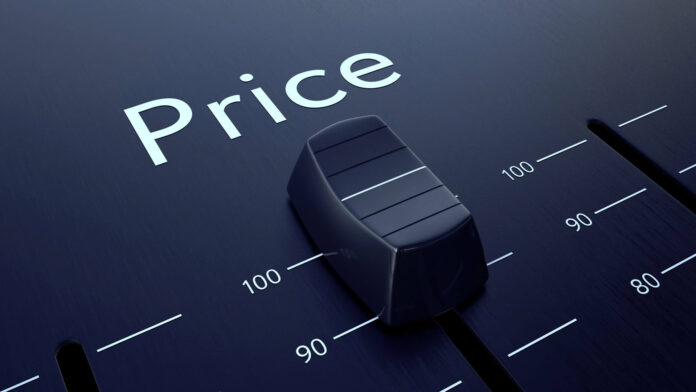Key Highlights
- All data reported and analyzed by CoreLogic saw larger y/y gains in August than July
- Strong demand + limited supply + low interest rates = accelerated home price gains
- CoreLogic’s 10 City Composite posted +4.7% gains in August and 10-City Composite +5.2% y/y
- FHFA Home Price Index reported strong home price gains of +1.5% from July to August and +8% annually in August
Home sale prices beat expectations largely due to historically low interest rates, strong demand and limited supply, according to August’s S&P CoreLogic Case-Shiller National Home Price Index. Overall, home sale prices increased +5.71% annually in August from July’s increase of +4.8%.
CoreLogic’s 10-City Composite reported a +4.7% gain in August, up from +3.5% in July. The 20-City Composite posted a +5.2% y/y gain, up from +4.1% in July. (Detroit was not included in this analysis due to insufficient data reporting so the 20-City Composite was actually a 19-City Composite.)
This national Case-Shiller Index is now +21% above the last price peak hit during pre-Great Recession. With the monthly index also accelerating, increasing +1.06% since July, this is the fastest growth pace since spring 2007.
If the current trends of historically low interest rates, high-gear demand and depressed inventories some -25% below 2019 levels continue, 2020 home sales may beat 2019 levels and make 2020 the strongest in home sales since 2006.
Phoenix (+9.9%), Seattle (+8.5%) and San Diego (+7.6%) led the way with the highest annual price gains of the 19 cities reported and analyzed in August. Chicago, New York and San Francisco brought up the rear with the smallest annual home price gains in August.
All 19 cities analyzed saw increased monthly and annual home sale prices and all posted larger annual gains than in July.
According to Craig Lazzara, managing director and global head of Index Investment Strategy at S&P Dow Jones Indices, said, “A trend of accelerating increases in the National Composite Index began in August 2019 but was interrupted in May and June 2020, as COVID-related restrictions produced modestly decelerating price gains.”
Lazzara added, “The last time that the National Composite matched August’s +5.7% growth rate was 25 months ago in July 2018. If future reports continue in this vein, we may soon be able to conclude that the COVID-related deceleration is behind us.”
According to Danielle Hale, chief economist with realtor.com,”… sellers continue to be in the driver’s seat…Looking forward, we expect continued price growth in the months ahead as demand holds steady with mortgage rates below 3%.”
Meanwhile, the Federal Housing Finance Agency’s House Price Index (HPI) increased +1.5% from July to August and were up +8% annually in August. This is the largest month-to-month increase reported by the FHFA since 1991.
All nine census divisions tracked by the FHFA reported both m/m and y/y price increases. The Mountain division reported the highest annual price gains of +9.7% and the West South Central division saw the lowest increase at +7.2% y/y.
Thanks to CoreLogic, CNBC, realtor.com, FHFA and InmanNews.
Also read: No One Paying Full List Price in Greenwich, Economy Is Tanking – Why Aren’t Home Prices?, Are Low Rates & Rising Incomes Transforming Housing Affordability?
























